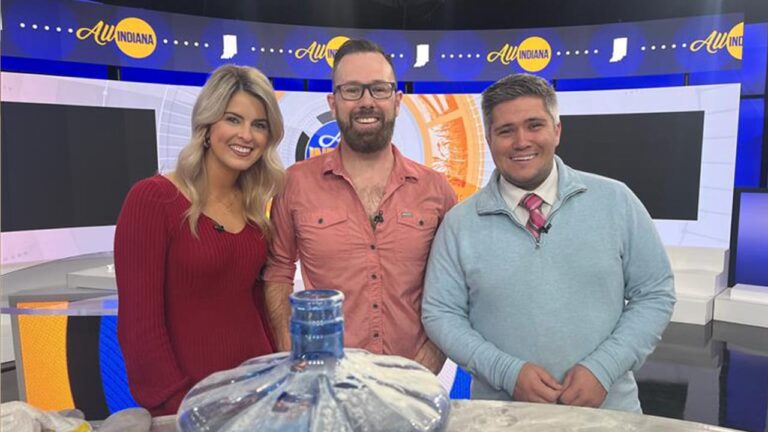
The abstract is linked in PubMed or on the publisher’s website when available and will open in a new window.
Journal Impact Factor: 5.1
Financing: JS Willey reports NASA grant funding #NNX15AB50G. A. Ronca is affiliated with NASA Ames Research Center.
Journal Impact Factor: 4.6
Financing: Financial support for this work came from the National Institutes of Health (NIH), which included grants 2 L30 NS112849-03, 2 L30 NS112849-02, and 1 L30 NS112849-01 awarded to RJA from the National Institute of Neurological Disorders and Stroke (NINDS). Florida Institute of Technology (FIT) awards to the RJA Institutional Research Incentives (IRI) Program Authors Florida Dean of Technology Office of Dr. Marco Carvalho generously provided direct funds to support the project. DLD received support from grants R01 NS124585 from NIH/NINDS and A1321808 from Medtronic, Inc. and JPC and RJA received support from a NASA/FL Space Consortium grant.
Journal Impact Factor: 0.889
Financing: PI reports NASA grant funding number 80NSSC20K0409.
Journal Impact Factor: 0.889
Financing: PI reports on funding for “HCAAM VNSCOR: Using the Human Capabilities Framework to Define Crew Task Performance in Human-Automated Systems.”
Journal Impact Factor: 3.0
Financing: “The research reported in this publication was supported by the M. J. Murdock Charitable Fund under Award Number FSU-2017207 (AKH), the National Aeronautics and Space Administration under Award Number 80NSSC20M0042 (AKH), the National Science Foundation under Award Number CMMI 1554708 (RKJ), and the National Institutes of To Health under Award Numbers R01AR073964 (RKJ) the mass spectrometry facility used in this publication was funded Thanks to the MJ Murdock Charitable Trust, National Institute of General Medical Sciences of the National Institutes of Health (P20GM103474 and S10OD28650).”
Journal Impact Factor: 67.7
Financing: “…MKO is supported by grant 80NSSC21K0542 from NASA. …”
Journal Impact Factor: 3.1
Financing: “This study was funded by NASA’s Human Research Program and conducted as part of the Human Health and Performance Contract [grant number NNJ15HK11B] at NASA’s Johnson Space Center and is also supported by NASA as part of NASA’s Space Technology Research Institute’s (STRI) Enhanced Habitats for Exploration Missions (HOME) “SmartHab” project. [grant number 80NSSC19K1052]”.
Journal Impact Factor: 1.0
Financing: This study was funded by NASA under Grant No. 80NSSC19K1052 as part of the “SmartHab” project of the NASA Space Technology Research Institute (STRI).







